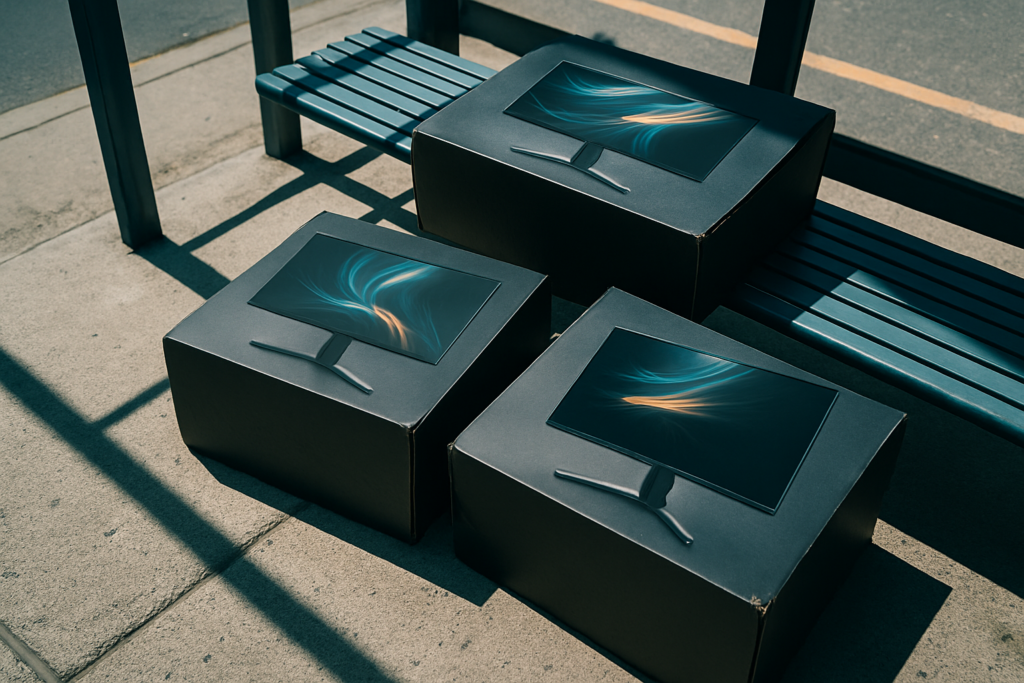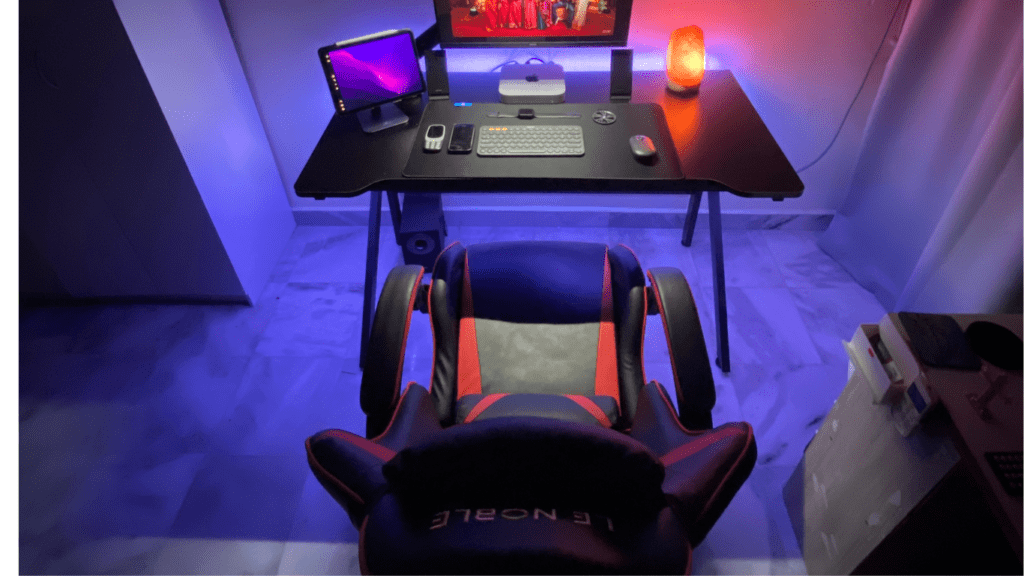What’s Defining Gaming Displays in 2026
Gaming monitors in 2026 don’t just look better they perform better across the board. Native 4K is no longer just high end it’s the baseline for serious setups in both mid range and premium tiers. Crisp, pixel dense visuals are expected, not optional.
The display wars have tilted in favor of top tier panels. OLED, Mini LED, and QD OLED now set the standard for contrast, color accuracy, and black levels. Whether you’re deep in a story driven title or snapping heads in competitive shooters, these panels make every frame pop.
Frame rates continue to climb. Refresh rates of 240Hz are now typical among performance focused models, and 360Hz is carving out space where latency counts especially in esports, where milliseconds really do make the difference. And response times? Most competitive displays now boast under 1ms GTG. It’s not just fast. It’s near instant.
Put simply: the visual and performance baseline has leveled up. Expect more. Settle for less and you’re gaming in the past.
Key Features to Look For
Gaming monitors in 2026 are more than just sharp visuals they’re tuned for real time performance and long term comfort. Adaptive sync is no longer a premium perk, it’s table stakes. G Sync and FreeSync still dominate, but HDMI 2.1’s native Variable Refresh Rate (VRR) is making waves across mid range and flagship monitors. Whether you’re pushing frames on a beastly rig or docking a console, stutter and screen tearing are basically obsolete if you have the right setup.
Brightness is getting serious, too. HDR with over 1000 nits isn’t just eye candy it adds legit depth and realism in games built for it. Explosions, sunrises, neon lit cityscapes they hit harder and feel more alive. Just make sure the panel also has decent contrast, or that brightness is wasted.
Ultra wides are still riding high. Displays between 32 and 49 inches, especially the 32:9 curved monsters, remain favorites for immersion junkies. If you’re into flight sims, racers, or sprawling RPGs, the extra real estate matters. Competitive players might still lean toward flat, faster panels, but for most gamers, bigger really is better if you’ve got the desk space.
Last, don’t sleep on eye care features. Long hours in front of a monitor stack up fast. Flicker free backlights and low blue light modes have gone from fringe specs to essentials. Less eye strain means longer, more focused sessions and in high stakes gaming, that edge can count.
Best Picks in Each Category

When it comes to gaming monitors in 2026, there’s no one size fits all. Every gamer has different priorities whether it’s jaw dropping visuals, lightning fast refresh rates, or affordability without compromise. Below are expert tested favorites that lead the pack in their respective categories.
Best Overall: 4K OLED at 240Hz
For gamers who want the absolute best, high refresh OLED displays in 4K are now the benchmark. These monitors offer unparalleled vibrancy, ultra low response times, and buttery smooth motion.
Native 4K resolution for crisp details and immersive environments
OLED panel technology for perfect blacks and stunning contrast
240Hz refresh rates deliver elite performance for fast paced titles
Ideal for AAA single player experiences or hybrid creators/gamers
Best for Competitive Gaming: 1080p/1440p at 360Hz
Speed is king in the competitive scene. For gamers focused on esports or fast, reaction based gameplay, these are the top picks.
360Hz refresh rates for near instant frame response
TN or Fast IPS panels for minimal input lag and super fast pixel transitions
1080p for maximum frame rates, or 1440p for sharper visuals without major hardware demands
Perfect for FPS, MOBAs, and battle royale games
Best Ultra Wide: 49″ Dual QHD Curved
Ultra wide panels aren’t just a luxury they’re utility tools for immersion. Ideal for story driven titles, multitasking, and simulations.
49 inch screen with a 32:9 aspect ratio
Dual QHD resolution provides crisp visuals across the entire display
Curved panels enhance immersion and reduce neck strain
Best suited for creators, flight sim fans, and single player adventurers
Best Value: QHD 165Hz Mini LED for Under $500
For budget conscious gamers who still want modern features, this category shines.
1440p resolution hits the sweet spot of clarity and GPU efficiency
165Hz refresh rate is a big upgrade from 60Hz/75Hz displays
Mini LED backlighting brings improved contrast and brightness without the OLED price tag
Strong picks available under $500 with premium build and performance
For hands on testing, side by side comparisons, and full benchmarks, check out our full gaming monitor reviews.
Expert Takes on Big Changes
Gaming monitor tech is sprinting ahead, while GPU support is still jogging. We’re seeing displays pack in 240Hz at 4K resolution, Mini LED arrays, and HDR levels most graphics cards can’t fully drive yet. That puts buyers in a weird spot are you futureproofing or overpaying for features your current build won’t tap into for another year or two?
Then there’s the cable war: HDMI 2.1 or DisplayPort 2.1? HDMI 2.1 is more widely supported across consoles and GPUs, especially for high frame rate 4K. But if you want to push beyond 240Hz at 1440p or 4K, DisplayPort 2.1 offers better headroom. Plugging the wrong one into a high end monitor can bottleneck your performance, plain and simple.
The last key trade off? Refresh rate vs. color accuracy. Esports players still chase 360Hz and faster response times, which usually means TN or Fast IPS panels. But for streamers, creators, and casual players who care about color fidelity and cinematic depth, OLED and QD OLED panels offer a clear edge even if they top out at lower refresh rates.
In short, know what kind of gamer you are before dropping serious cash. Features are stacking fast, but it’s about matching your hardware, your priorities, and your actual use.
Read our latest gaming monitor reviews for deeper comparisons and test results.
Final Considerations
Even with breakthrough innovations in 2026, not every gaming monitor is right for every setup. Before making that big purchase, here are a few smart checkpoints to keep in mind.
Avoid Paying for Features You Won’t Use
It’s tempting to go all in on the latest display tech, but without the right hardware to match, those premium features might never reach their full potential.
Don’t get a 240Hz or 360Hz monitor if your GPU struggles to push past 120 FPS
4K resolution on a small screen may not provide a noticeable upgrade depending on your desk setup
HDR1000 is impressive, but only if your games and system can fully support it
Check GPU Compatibility
Before committing, always confirm that your graphics card can take advantage of your monitor’s capabilities.
Ensure support for HDMI 2.1 or DisplayPort 2.1, depending on your monitor
Look for GPU compatibility with adaptive sync technologies like G Sync or FreeSync
Check max supported resolution and refresh rate for your graphics card
Build Quality and Warranty Are More Important Than Ever
In a saturated market, long term reliability can be the difference between a great purchase and a frustrating return process.
Prioritize brands offering at least a 3 year warranty
Look for build materials that signal sturdy design especially for mounts and stands
Read reviews about customer support responsiveness and return policies
Investing in the right monitor means balancing performance, compatibility, and durability. Make sure it’s not just futureproof, but future ready for your actual setup.


 Darcy Cazaly is a key contributor at Infinity Game Saga, where he brings his expertise to the world of gaming journalism. As a dedicated member of the team, Darcy focuses on delivering in-depth articles and insightful analyses that cover a broad range of topics within the gaming industry. His work includes exploring the latest trends, dissecting game mechanics, and providing thorough reviews of new releases.
Darcy's commitment to high-quality content ensures that readers receive accurate and engaging information about the evolving gaming landscape. His writing not only informs but also enriches the gaming experience for the community, offering valuable perspectives and up-to-date news. Through his contributions, Darcy helps bridge the gap between gamers and the dynamic world of gaming technology and trends, making him an essential part of the Infinity Game Saga team.
Darcy Cazaly is a key contributor at Infinity Game Saga, where he brings his expertise to the world of gaming journalism. As a dedicated member of the team, Darcy focuses on delivering in-depth articles and insightful analyses that cover a broad range of topics within the gaming industry. His work includes exploring the latest trends, dissecting game mechanics, and providing thorough reviews of new releases.
Darcy's commitment to high-quality content ensures that readers receive accurate and engaging information about the evolving gaming landscape. His writing not only informs but also enriches the gaming experience for the community, offering valuable perspectives and up-to-date news. Through his contributions, Darcy helps bridge the gap between gamers and the dynamic world of gaming technology and trends, making him an essential part of the Infinity Game Saga team.
